The Queensland Supreme Court decision of Tyrell & Anor v Jescro Enterprise Pty Ltd [2017] QSC 55 reiterated the strict or substantial compliance required when issuing notices to remedy breach.
A notice to remedy breach, or more particularly, a Form 7 Notice to Remedy Breach issued pursuant to Section 153 of the Property Law Act 2023 (Qld), is the notice given by a landlord to a tenant when the tenant has breached one or more lease covenants (such as the covenant to pay rent, the covenant to only use the premises for the permitted use or the covenant to refrain from prohibited activity etc.).
The decision in Tyrell & Anor v Jescro Enterprise Pty Ltd highlights the need to take extreme care in the preparation of a notice to remedy breach to ensure that the approved form is strictly complied with. Failing to do so renders the notice invalid, ineffective and potentially very costly for the landlord.
In that case, the landlord issued a notice to remedy breach to the tenant, and subsequently relied on that notice to terminate the lease.
However, the notice issued by the landlord did not include the “Note” which appears in the approved version of the form.
In that case, the former approved Form 7 Notice to Remedy Breach of Covenant contained the following as part of the form:
“[Note: The lessor will be entitled to re-enter or forfeit the lease in the event of the lessee failing to comply with this notice within a reasonable time – see section 124 of the Property Law Act 1974.]
[Additional note: If arrears of rent or other periodic payments are being claimed, it should be made clear the amounts involved and the periods to which they relate; eg base rent: March 1995 - $x..]”
The Court noted that “it has long been accepted that a failure to include the note was fatal to the validity of a notice given under s 124 …”
The landlord tried to argue that its covering letter issued with the Notice contained the same essential information as the “Note” in the form. The Court rejected that position, stating that “it is the Notice which must be in strict or substantial compliance with the approved form".
The landlord also tried to suggest that the “Note” would not have added anything to what was already contained in the notice it had issued. The Court did not agree and gave a number of reasons why, reiterating that only strict or substantial compliance will result in an effective and valid notice.
It is abundantly clear, as a long held, and now recently confirmed, point of law, that Landlords must take extreme care in the preparation and issuing of a Form 7 Notice to Remedy Breach. The approved form must be strictly complied with in order for the notice to be valid and effective.
It is strongly recommended that landlords seek legal advice and engage experienced property lawyers to issue effective notices to remedy breach – the potential consequences of the alternative are too serious.
Our Legal Practitioner Director, Simon LaBlack, is one of only 25 Accredited Specialists in Property Law in Queensland. He acts as a Court-appointed statutory trustee for sale and consults to other law firms on complex property related matters. He has extensive experience in Property Law in Queensland having personally handled thousands of Property Law matters. He has led multiple teams consisting of lawyers and paralegals, with a specific focus on the training of legal staff and the implementation of effective systems and processes to improve outcomes for both his clients and his team.
Important Disclaimer: The material contained in this publication is of a general nature only and is based on the law as at the date of publication. It is not, nor is it intended to be, legal advice. If you wish to take any action based on the content of this publication, we recommend that you seek professional advice.


